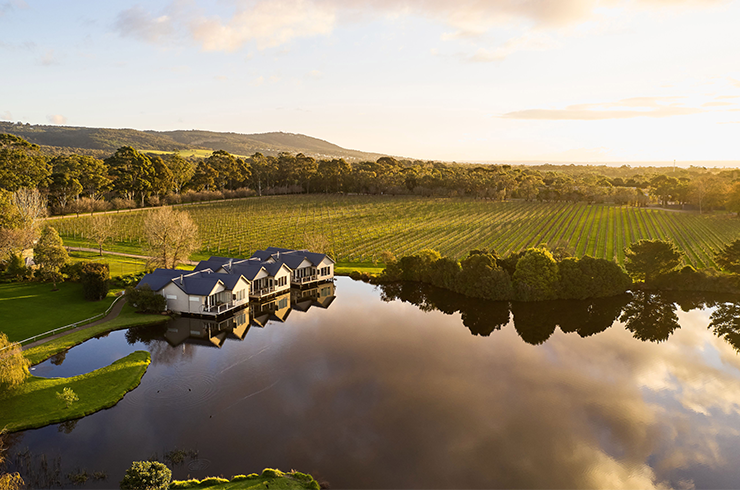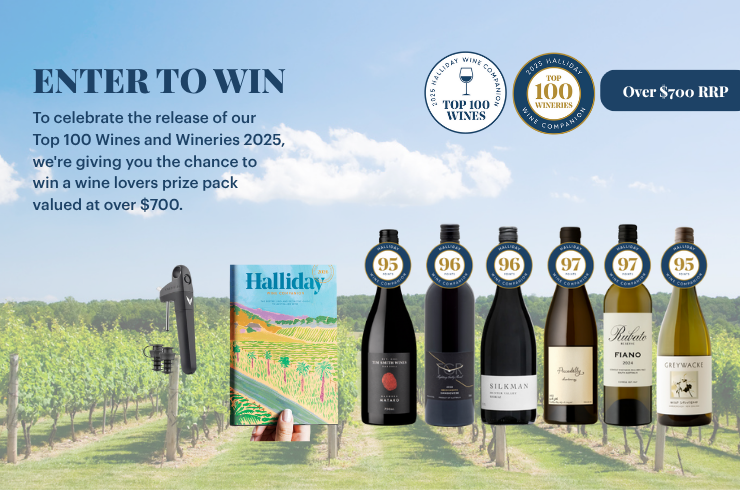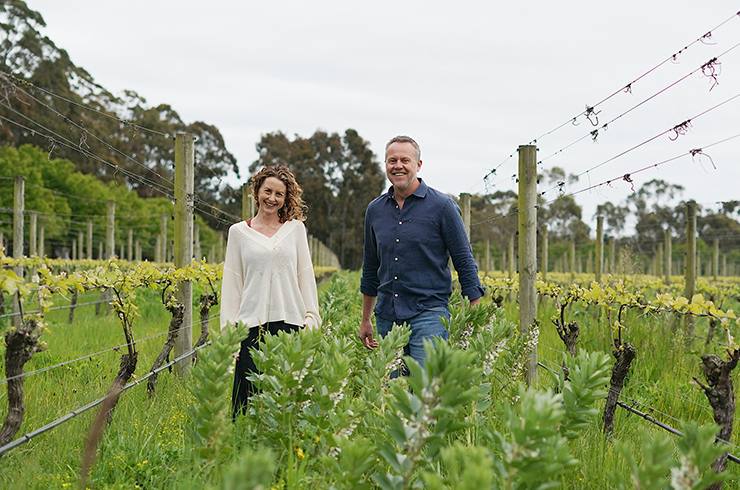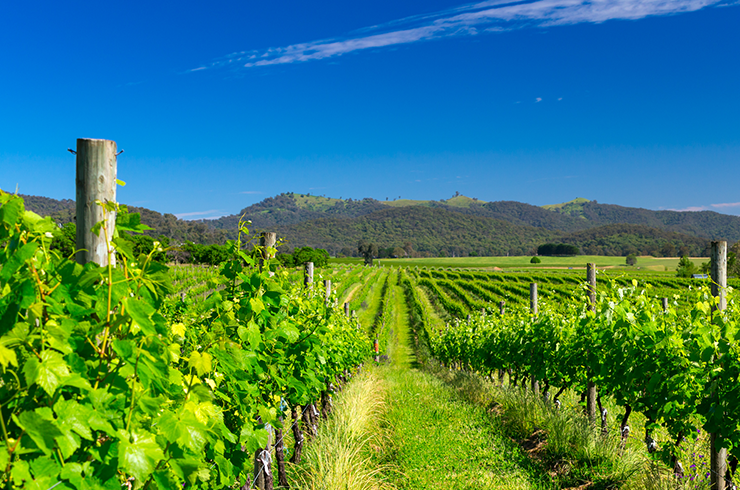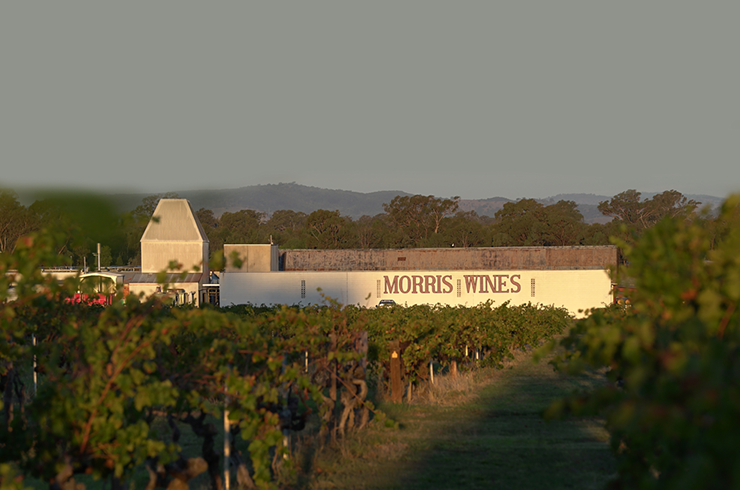Oxidative winemaking is one of the oldest and most intriguing techniques used in the winemaking world.
While risky, and also often misunderstood when not directly linked to classic styles – a growing trend amongst avant-garde winemakers is to apply oxidative approaches and techniques to produce wines that offer depth, complexity, character and a sense of saline, briny minerality.
What is oxidative winemaking?
At its core, oxidative winemaking refers to a process where the wine is deliberately exposed to oxygen during certain stages of its production, especially in the ageing process. Normally, winemakers want to protect the wine from oxygen, fearing it could ruin the delicate balance of aromas and flavours. But in oxidative winemaking, oxygen isn’t to be feared – it’s a tool to shape and develop a wine’s profile.
When oxygen interacts with wine, it causes chemical reactions that gradually alter its colour, flavour, and texture. These wines often take on nutty, salty, dried-fruit, and savoury characteristics and find added depth and complexity as a by-product of the approach. It’s a game of controlled risk, where the end result is a wine that’s radically different from its more reductive counterparts – those wines that are all about freshness, fruit-forwardness, and purity.
Popular examples of oxidative wines
Of course, it pays to revisit classic oxidative styles that have existing credence. Sherry is perhaps the most renowned of these styles, made from white grapes grown in the sunny, warm climates of southwestern Spain. This wine is aged in a unique system called the solera and typically produced with spirit fortification. The solera involves a series of barrels, each with wine of different ages, that get blended in a fractional manner to create consistent quality.
Madeira is another powerhouse of oxidative winemaking, made on the volcanic island of the same name. Madeira wines are deliberately subjected to extreme heat and oxygen during their ageing process, a method that essentially forces the wine to ‘cook’ – but it results in wines that can last for decades, even centuries.
From the Jura region of France, Vin Jaune is an oxidatively aged wine made from the local savagnin grape. It’s like a French sibling to sherry but with its own unique profile and is prodigious for its ageing capabilities and, of course, Vin Jaune is not fortified – the wines are aged under a film of flor yeast in oak barrels for at least six and a half years, creating a flavour profile that’s as unique as it is delicious.
/oxidative-wine-body-2.ashx)
What's in stock for the future of oxidative wines
While traditional, older winegrowing places have been utilising oxidative winemaking for centuries, newer winegrowing countries are showing interest, particularly in recent years – with the intentional (or sometimes accidental!) use of flor as part of the winemaking repertoire. Results range from wild, unruly, and downright odd at times, through to sublime examples that show off the potential for detail and beauty from this approach.
The best examples offer a textural experience that’s often richer, more concentrated and layered than many of the wines that seek out linear pathways to purity and crispness. The best oxidative and/or flor-raised wines show off elements of savouriness with nutty elements, sometimes even characters kindred to fino sherry, and textural depth and phenolics that lend additional character.
Well-made wines that see oxidative and/or flor influence are apt for pairing with a wealth of cuisine, neatly working as a palate reset as much as a savoury, final condiment in the glass. More than that, oxidative wines are an invitation to explore and discover new experiences with wine. They’re about history, craftsmanship, and letting time work its magic.
Oxidative wine to try: 2021 Minim Riesling XO
Metcalfe, Victoria, $55
This is a lighter touch with oxidative handling. The process frames the wine with a beautiful, hazy texture, scents and flavours of sea spray and toasted almonds amongst the more expected green apple and lime juice freshness, and cumquat piquancy. A beautiful, balanced wine that drinks with vitality on hand, yet has layers of interest beyond most rieslings.
Oxidative wine to try: 2017 Brash Higgins Bloom
McLaren Vale, South Australia, $145
This gets the full Vin Jaune treatment, with barrels growing flor yeast layers and left to mature untouched for seven years. It offers up scents and flavours of toffee apples, amontillado sherry, mustard powder, preserved lemon, ginger and Granny Smith apple juice. A core of briny minerality brings energy to the wine. Complex, layered and intense. A full oxidative experience.
Oxidative wine to try: 2022 Ravensworth Velo Rosé
Hilltops, New South Wales, $42
For this unique take on rosé, nebbiolo and barbera were direct pressed and left to mature for a year in barrels that grow flor yeast. The resulting wine has a high-refreshment factor with lashings of brine, sea spray and nutty complexity, all bolstered by crunchy red berry fruitiness, bold rose hip tea characters and a shimmy of fine, chalky tannin. It’s moreish and delicious, taking rosé to a more multifaceted and wonderful place.
Expand your knowledge with Halliday Wine Academy
Halliday Wine Academy offers an in-depth view of the Australian and international wine landscapes. Select Introduction to Wine to learn about Australian wine and regions or choose from one of our Wines of the World courses to get to know international wines.Wines of the World: Europe explores the iconic wines, regions and laws of France, Spain, Portugal, Hungary, Germany and Austria, while Wines of the World: Europe and Beyond delves deeper into Italy, Greece, the Americas, South Africa and New Zealand.
Latest Articles
-
News
Oliver's Taranga introduces International Fiano Day to shine a spotlight on this Italian grape
1 day ago -
Travel
Visit the vineyard: Get to know these standout wineries on the Mornington Peninsula
1 day ago -
From the tasting team
Mike Bennie on the producers reviving Australian fino
1 day ago -
Win
Halliday Top 100 giveaway
8 Oct 2025
/oxidative-wine-body-1.ashx)

